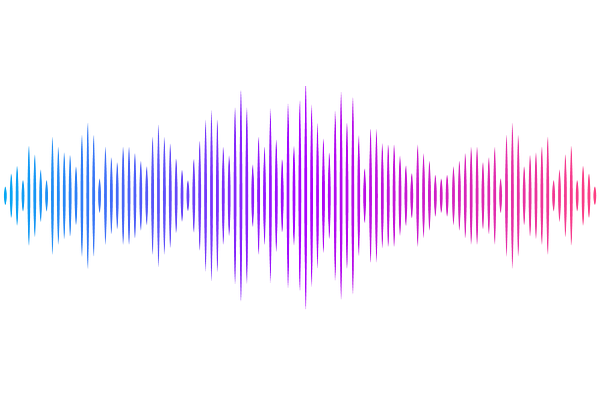Shadow constraints of charged black hole with scalar hair and gravitational waves from extreme mass ratio inspirals

Shadow constraints of charged black hole with scalar hair and gravitational waves from extreme mass ratio inspirals
Lai Zhao, Meirong Tang, Zhaoyi Xu
AbstractBlack hole (BH) shadow observations and gravitational wave astronomy have become crucial approaches for exploring BH physics and testing gravitational theories in extreme environments. This paper investigates the charged black hole with scalar hair (CBH-SH) derived from the Einstein-Maxwell-conformal coupled scalar (EMCS) theory. We first constrain the parameter space $(Q/M, s/M^2)$ of the BH using the Event Horizon Telescope (EHT) observations of M87* and Sgr A*. The results show that M87* provides stronger constraints on positive scalar hair, constraining the scalar hair $s$ within $0\le s/M^2\le0.4632$ and the charge $Q$ within the range $0\le Q/M\le0.6806$. In contrast, Sgr A* imposes tighter constraints on negative scalar hair. When $Q$ approaches zero, $s$ is constrained within the range $0\geq s/M^2\geq-0.0277$. Overall, EHT observations can provide constraints at most on the order of $\mathcal{O}\left({10}^{-1}\right)$. Subsequently, we construct extreme mass ratio inspiral (EMRI) systems and calculate their gravitational waves to assess the detection capability of the LISA detector for these BHs. The results indicate that for central BHs of $M={10}^6M_\odot$, LISA is expected to detect scalar hair $s/M^2$ at the $\mathcal{O}\left({10}^{-4}\right)$ level and charge $Q/M$ at the $\mathcal{O}\left({10}^{-2}\right)$ level, with detection sensitivity far exceeding the current EHT capabilities. This demonstrates the immense potential of EMRI gravitational wave observations in testing EMCS theory.